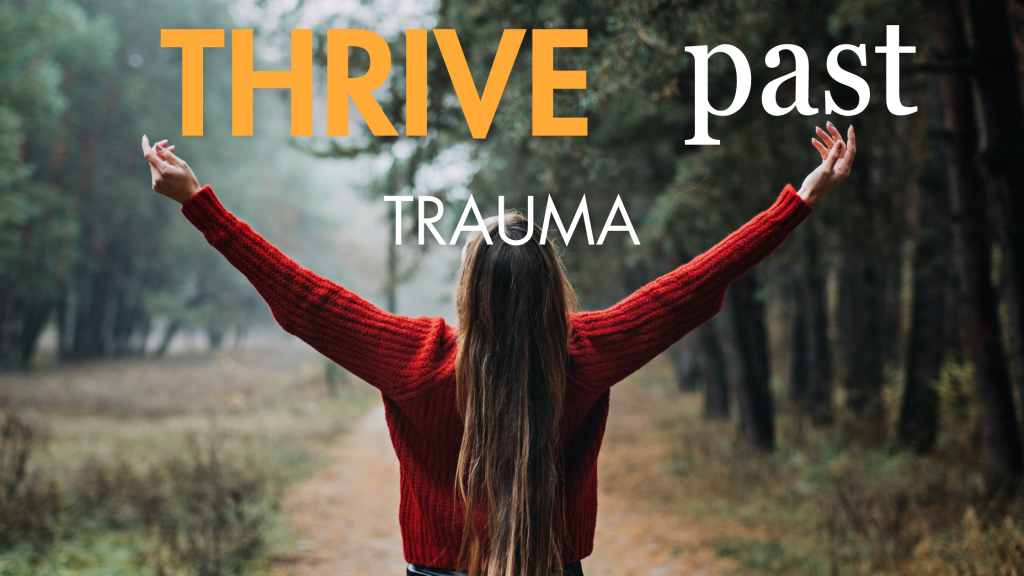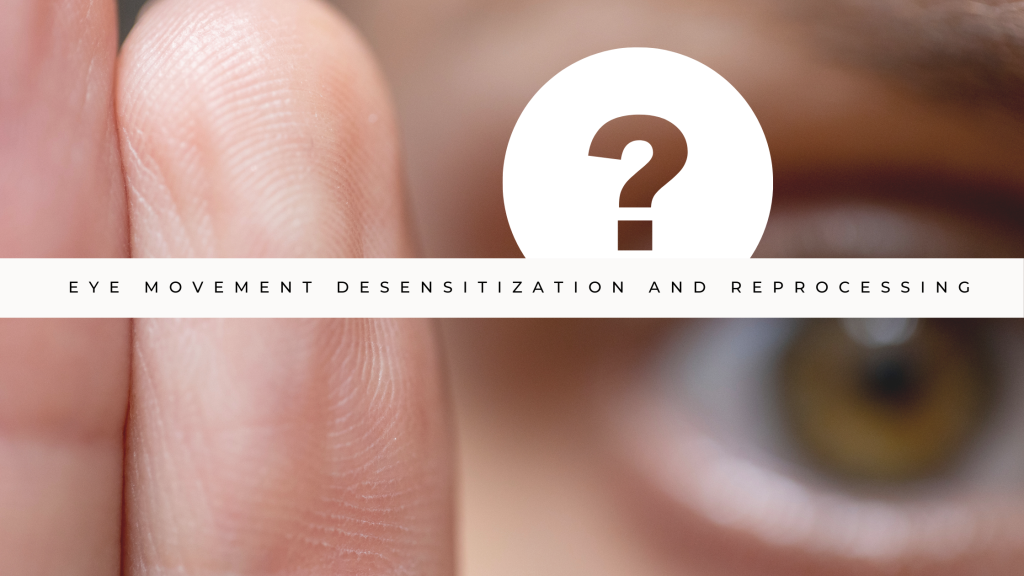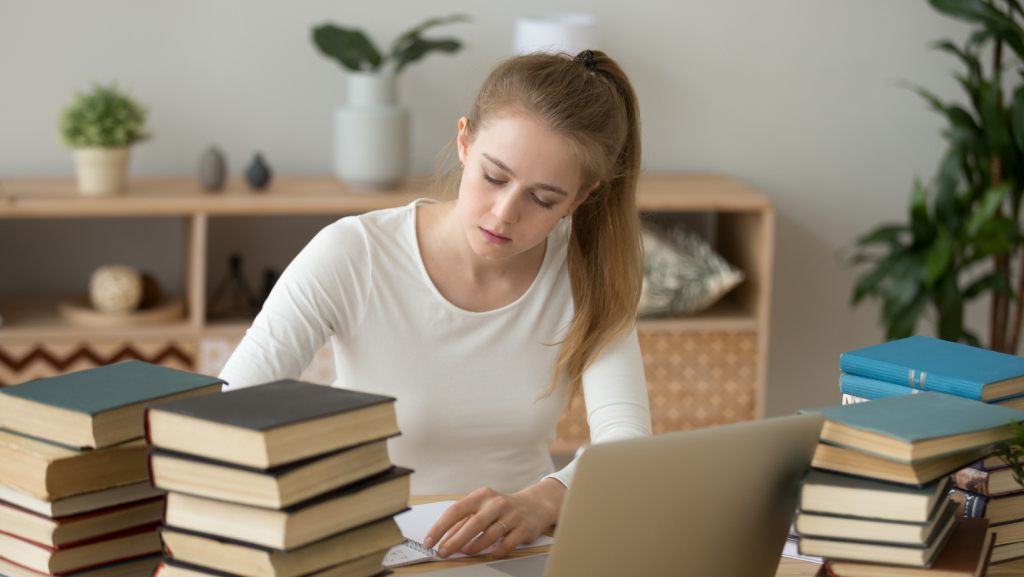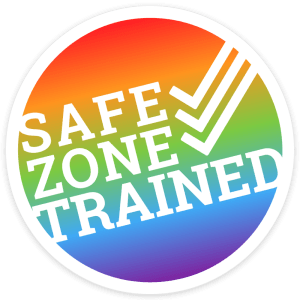When Your Teen Won’t Discuss Self-Harm
Discovering that your teen is self harming can be a really shocking experience. Moreover, you might be thinking: why would they do this to themselves? Or, don’t they see that I love and care for them?
Likewise, as a parent, your first instinct is to want to help your teen and to stop the harmful behavior. But, what happens when your teen won’t discuss self-harm? Firstly, I want to let you know that you are not alone and that this is a very common subject.
1. Stay Calm and Approach with Compassion When Your Teen Won’t Discuss Self-Harm
Your teen is already dealing with overwhelming emotions. Because of this, the self harm acts as a way to help combat the overwhelming feelings and provide some relief. Therefore, they do not want you to project your negative emotions of fear, sadness, anger, shock, etc onto them. It is far more beneficial to approach from a place of calmness and compassion. So, try to empathize with your teen, and let them know you are there for them.

2. Create a Safe Space for Communication
Furthermore, let your teen know that you are not there to judge them. And, they may need time to come to a place where they are feeling ready to open up. So, give them that time to process things. Subsequently, most people can sense when a conversation feels forced, including your teen. Therefore, ensure that when the conversation happens, it is done when your teen feels safe and comfortable.
>>>>>>>>>>>>>>>>to download our free self-soothe kit for self harm click here<<<<<<<<<<<<<<<<<<<<<<
3. Educate Yourself About Self-Harm
Meanwhile, it can help you provide better support when you’re aware of the full scope of what self harming entails, when your teen won’t discuss self-harm. However, it is not usually a suicide attempt, but more about relieving overwhelming emotions. Also, there are lots of books, and information on the internet related to this topic. Besides, we also have other blogs written in order to help educate you. For further reading on this topic related to self harm and why it happens in teens, click here!
4. Offer Alternative Ways to Express Emotions
There are many safer alternatives for relieving overwhelming emotions. Specifically, ice baths or cold showers can provide a similar feeling by shocking the nervous system, making your teen more adaptable to stress over time. Also, you could also suggest punching bags for overwhelming feelings of anger or rage. Additionally, crying or screaming into a pillow might also help. Some meditative options could be painting or drawing, or even something like dancing or lifting weights. Of course, having a session with a therapist or coach is a great place to express feelings and emotions. Essentially, suggest healthier options and see which one works best for your teen.
>>>>>>>>>>>>>>>>to download our free self-soothe kit for self harm click here<<<<<<<<<<<<<<<<<<<<<<

5. Seek Professional Support When Your Teen Won’t Discuss Self-Harm
If your teen refuses to talk or their self-harm continues, consider reaching out to a professional. Such as: therapists, coaches, or support groups. These professionals can provide a safe and neutral environment for them to open up. In addition, let your teen know that seeking help is a sign of strength, not weakness.
6. When Your Teen Won’t Discuss Self-Harm, Check-In Without Pressuring
Although your teen doesn’t want to talk, it’s better to still maintain contact with them with check-ins. Such as, a simple “just wanted to see how you were feeling today”. or “is there anything I can do for you?”
or, “is there anything on your mind you’d like to talk about?” could potentially initiate a conversation.
7. Finally, Take Care of Yourself Too!
Supporting a teen who self-harms can be very tiring emotionally. Therefore, ensure you have a support system for yourself, whether it’s talking to a friend, joining a support group, or seeking professional guidance. Moreover, your well-being is crucial in providing the best care for your teen. Also, it’s better to set a good example for your teen. Similarly by showing that you are able to care for yourself and are coming from a place of peace and wellness and not a place of stress and burn-out.
>>>>>>>>>>>>>>>>to download our free self-soothe kit for self harm click here<<<<<<<<<<<<<<<<<<<<<<

Final Thoughts
In summary, don’t lose hope and stay strong throughout this difficult time- even when your teen won’t discuss self-harm. Likewise, continue showing them love, patience, and understanding. Above all, although they may not say it, knowing they have someone who cares and won’t give up on them can mean the world to them. Finally, keep the door open for conversation. Also remind them that they are not alone in their struggles.
 About Kari
About Kari
I am a life coach at Pyramid Psychology. In addition, I have several diplomas applicable to life coaching; including Coaching for Adolescents, Women’s Empowerment and Gender Equality. Also, I’ve taken several webinars from Gabor Mate on Trauma/Family Trauma, the Somatic Institute for Women, and have studied extensively about narcissistic personality disorder and histrionic personality disorder. Empowering girls is a passion of mine, Moreover, I am blessed to be able to help and inspire other girls to break societal norms and follow their dreams as well.
To book a session with Kari click here








 I am a registered psychologist and teen coach working with teen girls around the globe (and their parents) to help them build Unbreakable Mindsets.
I am a registered psychologist and teen coach working with teen girls around the globe (and their parents) to help them build Unbreakable Mindsets.

















 Hello, my name is Tara, and I am a graduate student in counselling, I will be doing my practicum at Pyramid Psychology and I am very excited to practice all the skills I have learned as well as develop new relationships.
Hello, my name is Tara, and I am a graduate student in counselling, I will be doing my practicum at Pyramid Psychology and I am very excited to practice all the skills I have learned as well as develop new relationships.






 I am a registered social worker with a Bachelor of Social Work with a major in psychology from the university of the Western Cape, and a Master’s in Clinical Social Work specialization with individuals, families, and groups from the University of Calgary.
I am a registered social worker with a Bachelor of Social Work with a major in psychology from the university of the Western Cape, and a Master’s in Clinical Social Work specialization with individuals, families, and groups from the University of Calgary.









